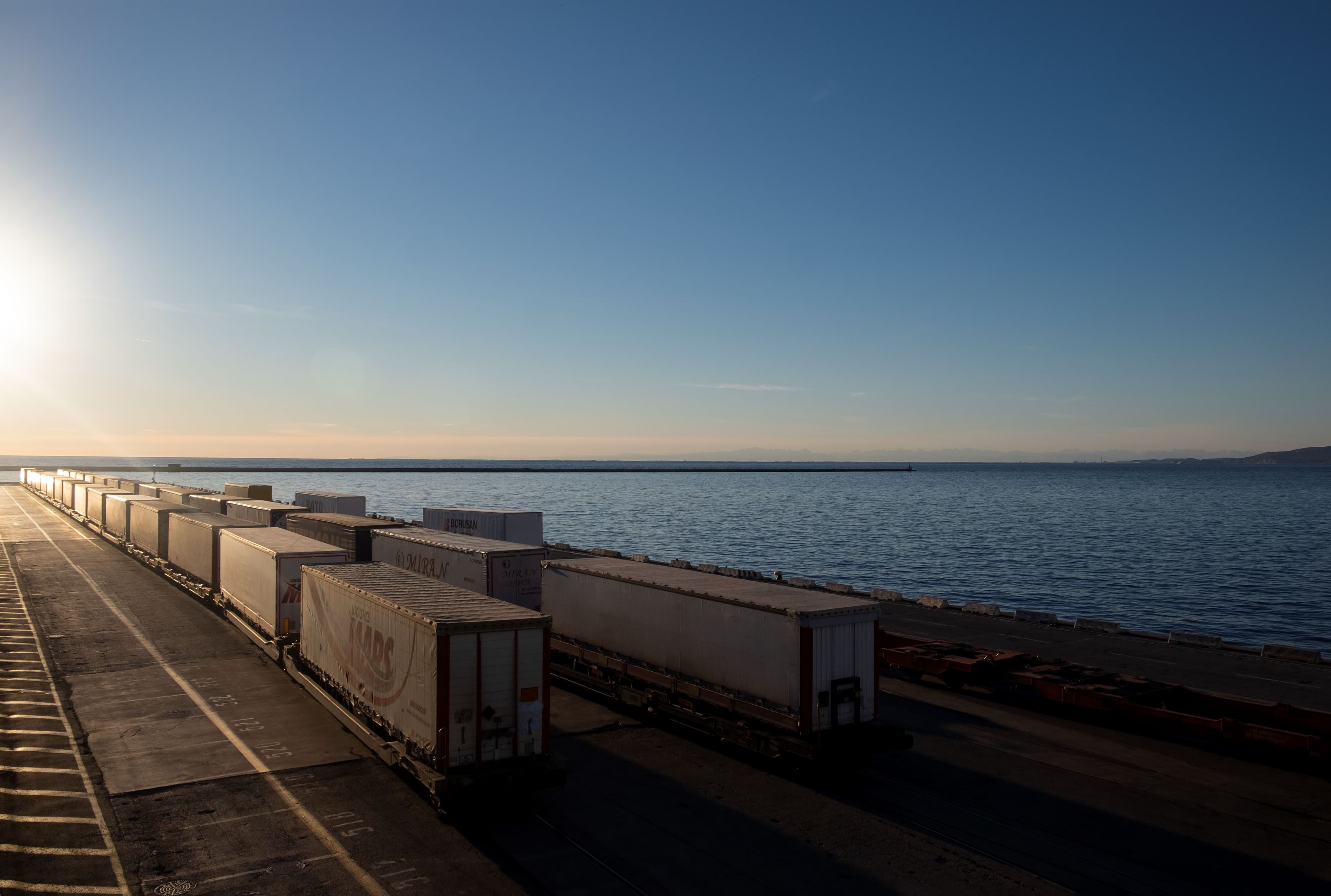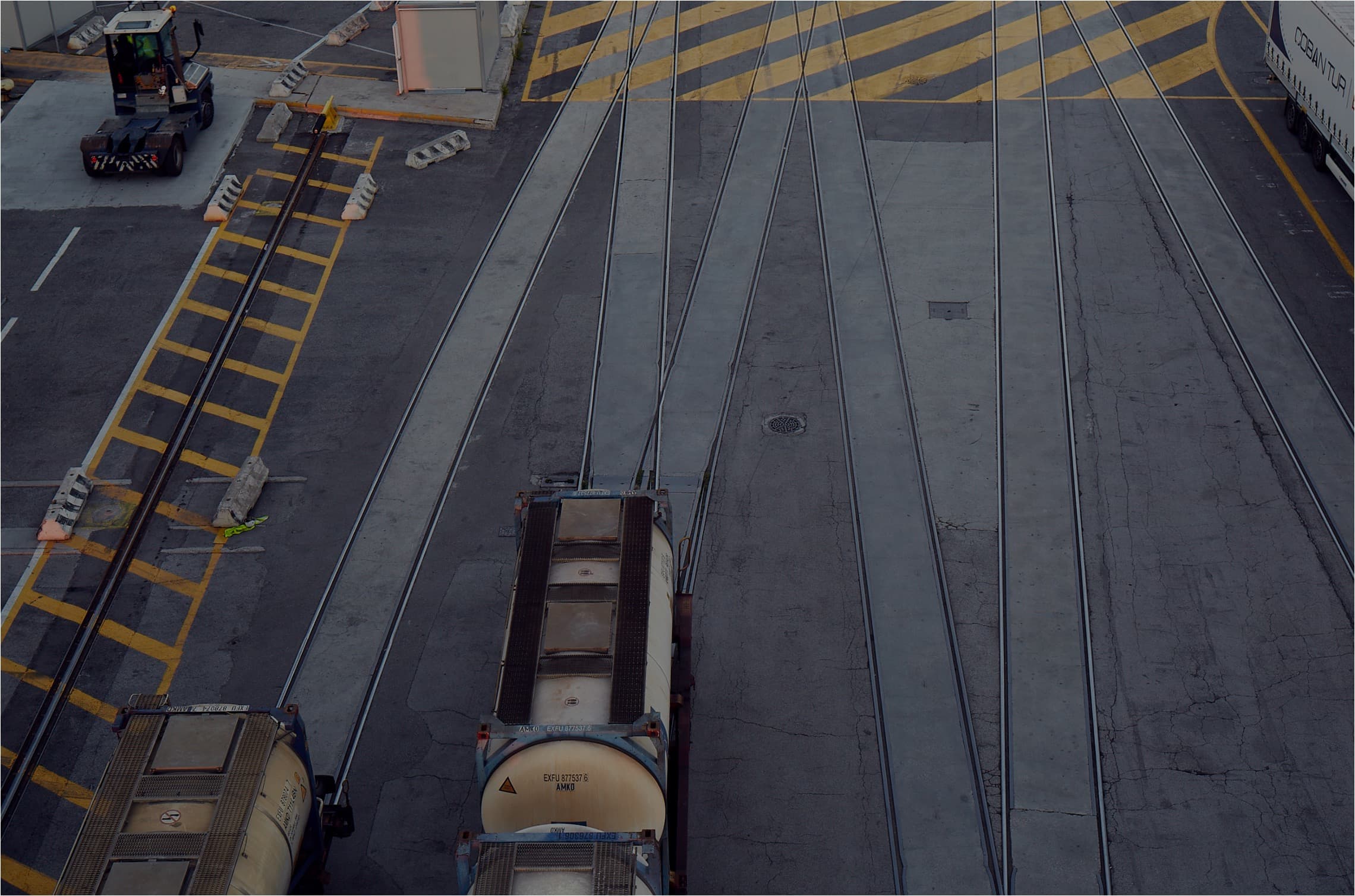Lau Blaxekjær, DFDS’s Head of Decarbonisation Funding, looks at opportunities and challenges within the current regulatory landscape
How does DFDS view the role of regulation in shipping’s decarbonisation journey?
Regulation has a crucial role to play in our transition to net zero - both in terms of what is already happening, and how things could or should develop in the future.
Directives such as the EU’s Fit for 55 policy package, which includes measures like the Emission Trading Scheme (ETS) and FuelEU Maritime (see panel, right), are pivotal. These regulations set clear targets for reducing greenhouse gas emissions, and create financial incentives for adopting cleaner technologies. By making it more expensive to operate fossil-fueled vessels, they encourage the shift towards net-zero emission alternatives.
Nonetheless, there is more to be done. We already have the technologies to build ships that don’t emit greenhouse gases and to produce green fuels – but the processes and standards involved have to be improved to ensure they are safe, reliable, and environmentally friendly. Clearer regulations will help reduce the risks for companies investing in these new technologies.
To show that zero emission shipping can work on a large scale, we need to carry out demonstration and deployment projects that span the entire supply chain, proving that decarbonisation is possible and helping to lower costs and increase demand. Because these projects are risky and expensive, they will require support from private companies, innovative business models, and government incentives.
Finally, green fuels are currently three to five times more expensive than fossil fuels; even if the cost drops significantly in the next decade, it won’t be enough to make their use commercially viable at the scale needed. Therefore, policymakers need to create clear and fair rules as soon as possible, including market-based measures like carbon pricing and subsidies for clean technologies, that could ensure a financially sustainable transition for the industry.
In what ways does DFDS work with regulators and policymakers to shape future regulations that align with its climate goals? Being an active collaborator in the regulatory process is extremely important to DFDS, and as such, we make ourselves part of the conversation in a range of ways:
Direct dialogue Face-to-face discussions at conferences, meetings and other events allow us to present our perspectives, share insights, and discuss the practical implications of proposed regulations – building relationships, fostering mutual understanding, and ensuring that the regulatory environment is conducive to the industry’s needs and goals.
Indirect engagement As an active member of organisations like Danish Shipping, the Getting to Zero Coalition, and the Waterborne Technology Platform, DFDS can influence policy and regulatory discussions collectively, contributing to broader industry initiatives and benefiting from shared knowledge and resources. The company also frequently supports calls for policy change that are usually coordinated by industry associations.
Written feedback Providing detailed, written feedback on proposed policies (which can include submitting comments during public hearings, participating in regulatory working groups, and contributing to the development of guidelines and key documents) enables DFDS to contribute its data and expertise, helping shape policies that are both effective and workable for the sector.
How do IMO regulations feed into the picture?
The International Maritime Organization (IMO) is a key player in the regulatory landscape, setting ambitious targets designed to accelerate the adoption of innovative and green technologies and fuels across the industry. The 2023 IMO GHG Strategy aims to ensure that at least 5% (striving for 10%) of the energy used by international shipping comes from zero or near-zero greenhouse gas emission fuels by 2030. Furthermore, the IMO has set a long-term goal for the industry to achieve net-zero greenhouse gas emissions by 2050, which will require a comprehensive transformation of the global shipping fleet and significant investments in new technologies and infrastructure.
To achieve the climate targets set for international shipping, IMO member states are currently negotiating so-called mid-term measures, including a global GHG fuel standard to reduce GHG intensity and an economic instrument to price GHG emissions. These measures, expected to be adopted by 2025 and enforced by 2027 or 2028, have the potential to significantly boost demand for zero emission fuels. This, in turn, will drive investments in the necessary production and infrastructure for these fuels, facilitating a broader transition to sustainable shipping. The IMO’s GHG strategy also includes indicative checkpoints, such as reducing total annual GHG emissions from international shipping by at least 20% by 2030 (striving towards 30%) and 70% (striving towards 80%) by 2040, compared to 2008 levels.
What challenges does DFDS face when trying to balance regulatory compliance with the ambition to drive its own decarbonisation agenda?
Regulatory compliance ensures a level playing field; however, as a first mover in the decarbonisation of the shipping industry, we have set ourselves ambitious targets. If we go beyond what is mandated by current regulations, we are potentially putting ourselves at a disadvantage when competing with companies that are satisfied with meeting the minimum regulatory requirements. This challenge is compounded by the fact that the market for zero emission technologies and fuels is still developing, and the economies of scale that could reduce costs are not yet fully realised.
On top of this, the regulatory landscape for shipping decarbonisation is a rapidly evolving one, with new policies and measures being introduced, for example, in the EU and globally from IMO. Other countries, regions, and ports can also regulate emissions through a variety of instruments and subsidies. This uncertainty can make it difficult to plan long-term investments and strategies.
As a company taking ambitious climate action, DFDS quite rightly faces high expectations from customers – but investors are less concerned than our customers with our journey to net zero. Balancing these expectations with the practicalities of regulatory compliance and commercial viability can be challenging; without adequate policy support, the financial burden of leading in decarbonisation can be overwhelming.
Are there areas where current regulations fall short in pushing the industry toward faster decarbonisation? What would you like to see changed or improved?
While current regulations take us in the right direction, there are certainly areas where they don’t go far enough, particularly regarding the cost of green fuels compared to fossil fuels. Despite current regulatory efforts, industry actors are still not able to close this gap; we need further policy action. More comprehensive and stringent global regulations are required to ensure a level playing field and prevent regulatory loopholes. And it all needs to happen much, much faster.
In terms of specific improvements, there are three changes DFDS would especially like to see:
More robust and equitable policy frameworks, incorporating meaningful, market-based measures to make zero emission shipping commercially viable – especially in the early years this means making sure that subsidy schemes and financial mechanisms such as ‘contract-for-difference' are in place to support the first uptake of alternative fuels.
International cooperation and alignment on regulatory standards, to ensure a cohesive global approach to decarbonisation. This includes accelerating the adoption and enforcement of IMO’s mid-term measures to create a significant demand for zero emission fuels and trigger the necessary investments in infrastructure.
Stronger policies supporting industrial-scale demonstration and deployment projects across the supply chain, to prove the viability of zero emission shipping at scale and help drive down costs.
EU ETS and FuelEU Maritime: aims and impacts
EU Emissions Trading System (EU ETS) | FuelEU Maritime |
|---|---|
Aims: | Aims: |
The EU ETS aims to reduce greenhouse gas emissions from the maritime sector by incorporating it into the broader EU carbon market. This system requires shipping companies to purchase and surrender emission allowances for each tonne of CO2 (or CO2 equivalent) emitted. By doing so, it creates a financial incentive for shipping companies to reduce their emissions and invest in cleaner technologies. | FuelEU Maritime sets maximum limits on the yearly average greenhouse gas intensity of the energy used by ships above 5,000 gross tonnage calling at European ports. The regulation aims to gradually decrease the GHG intensity of maritime fuels, starting with a 2% reduction by 2025 and reaching up to an 80% reduction by 2050. It also mandates the use of on-shore power supply (OPS) or alternative zero-emission technologies for ships at berth to reduce air pollution in ports. |
Impacts: | Impacts: |
Financial incentives By making it more costly to emit greenhouse gases, the EU ETS encourages shipping companies to adopt energy-efficient practices and low-carbon technologies. | GHG intensity reduction By setting progressive targets, FuelEU Maritime drives the adoption of cleaner fuels and technologies, leading to a substantial reduction in GHG emissions over time. |
Emission reductions The inclusion of maritime emissions in the EU ETS is expected to significantly reduce CO2 emissions from the sector, contributing to the EU’s overall climate goals. | Innovation and flexibility The regulation’s goal-based and technology-neutral approach encourages innovation in sustainable fuels and energy conversion technologies, allowing operators to choose the best compliance strategies for their specific needs. |
Market dynamics The system helps to level the playing field by internalising the cost of carbon emissions, making zero emission fuels more competitive compared to fossil fuels. | Air quality improvement The requirement for zero-emission technologies at berth helps to mitigate air pollution in ports, benefiting nearby communities. |
Phased implementation The gradual phase-in period (2025-2027) allows shipping companies time to adapt, ensuring a smoother transition to the new regulatory environment. | Support for early adopters Flexibility mechanisms within the regulation support existing fleets in finding suitable compliance strategies and reward early movers for their investments in energy transition. |







